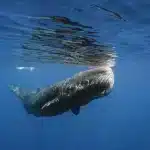Whale sharks are the world’s largest fish in the ocean, often reaching up to 49 feet long! Their broad, flat head, wide mouth, unique white spots, and white belly make them easy to spot.
They’re found in tropical or sub-tropical oceans around the world, including the Indian, Pacific, and Atlantic Oceans. People, especially snorkelers and divers, love to encounter them. Some even purposely visit tourist spots just to see and swim with them.
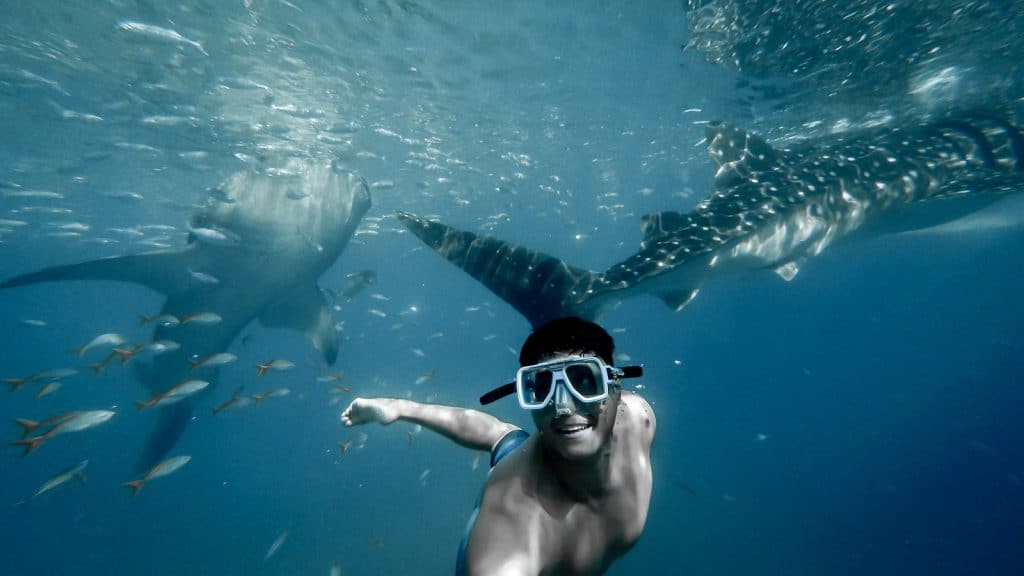
Like some whales, whale sharks are filter feeders and help maintain the balance of plankton in the ocean. Despite their massive size, they play a crucial role in the marine ecosystem.
Sadly, these majestic animals are in danger of dying out, and their numbers are decreasing. IUCN Red List listed them endangered due to vessel strikes, bycatch, fisheries, finning, tourism, and climate change.
Researchers recently found that ship accidents could harm whale sharks. A study involving a team of over 75 researchers showed that since whale sharks tend to stay near the water’s surface to breathe air, they are in danger of colliding with ships.
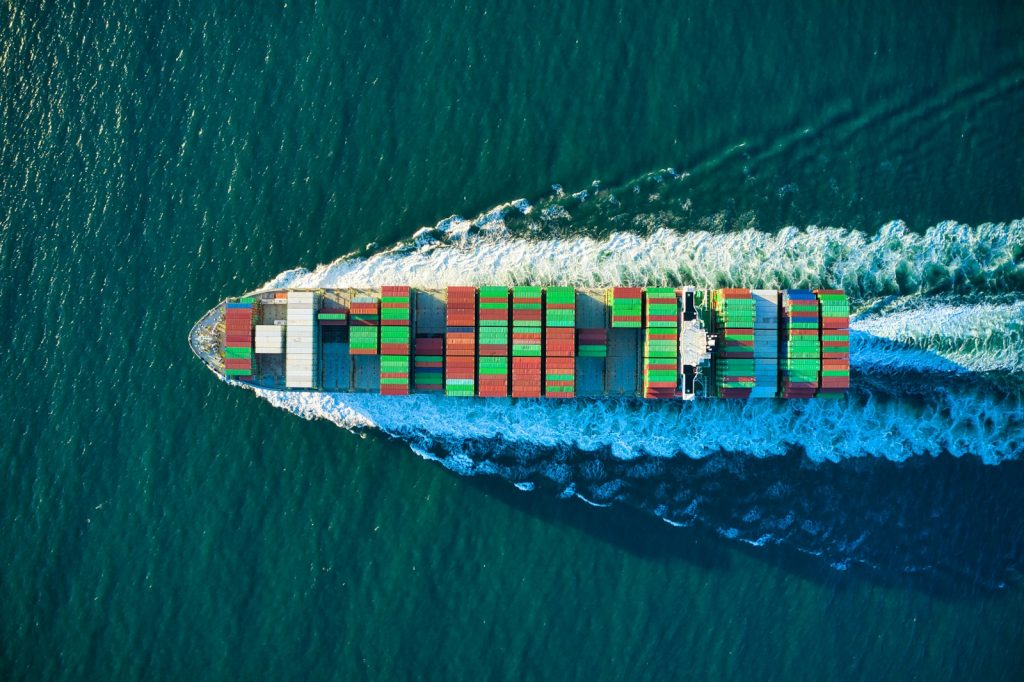
They identified specific areas called “constellations,” where whale sharks gather in 26 countries. They then analyzed data on the locations of large ships provided by Global Fishing Watch to assess the potential risks to the sharks.
The study showed that sharks are most at risk in heavily trafficked areas of Ecuador, Mexico, Malaysia, the Philippines, Oman, Seychelles, and Taiwan.
According to lead author Freya Womersley, a researcher at the Marine Research and Conservation Foundation and the University of Southampton in the U.K., although the exact number of shark deaths is unknown, their nearness to shipping activity suggests a high risk.
With the worldwide increase in shipping, experts say the need to address the threats whale sharks face is urgent. Over 100,000 ships move goods globally, which could rise by as much as 1,200 percent by 2050.
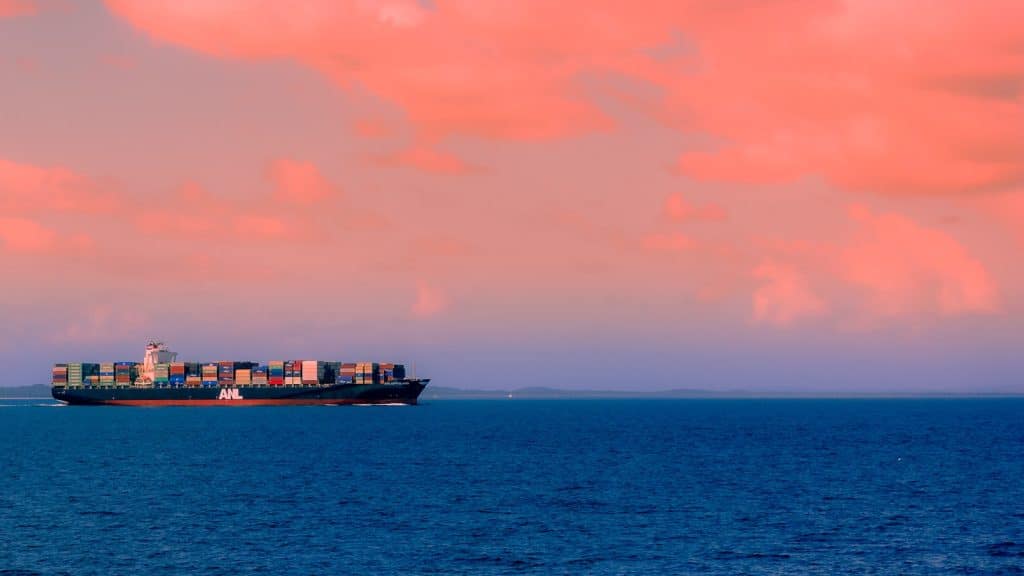
Fortunately, researchers suggest that implementing two strategies can reduce the risk of ships hitting whale sharks and other marine mammals. Those two strategies are to make the ships go slower and to change their paths.
Experts think governments, businesses, scientists, and groups that help others should collaborate and use these ideas to prevent whale sharks from being killed.
A test showed that when ships slowed down by 75 percent, it only took them 5 percent longer to get where they were going. This made it much easier for ship captains to spot and avoid hitting sharks.
Another test found that making ships go a different way around where the sharks live didn’t cause major disruptions to the shipping industry. It only made the trips take 0.5 percent longer, about 2.4 hours for each ship.
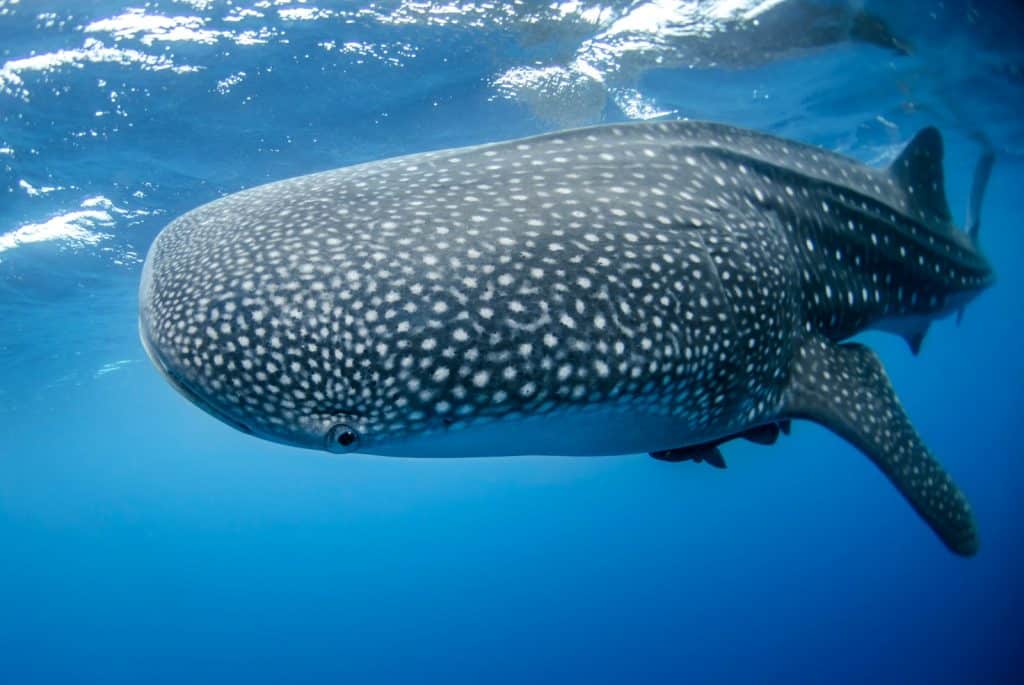
Designating whale shark habitats as off-limits to large ships, either temporarily, at certain times of the year, or when there are a certain number of sharks, could make the water safer for sharks and other animals.
For example, on the East Coast of the U.S., there are rules about how fast ships can go at certain times of the year to keep special whales safe. These measures aim to protect charismatic species like the whale shark, which holds economic value through ecotourism.
Comment below with your thoughts and opinions.

